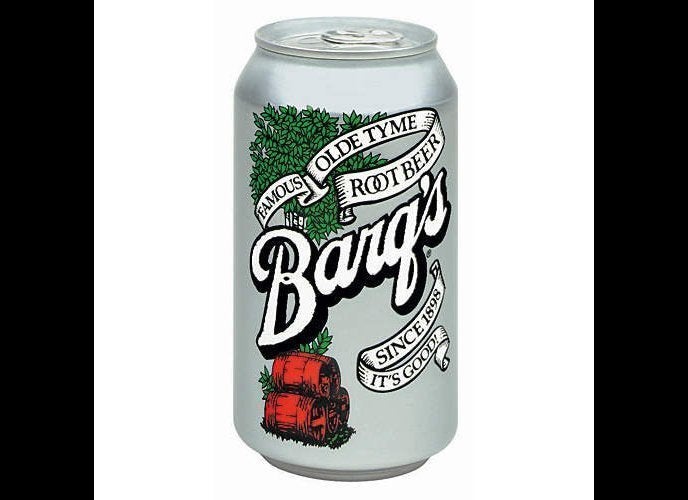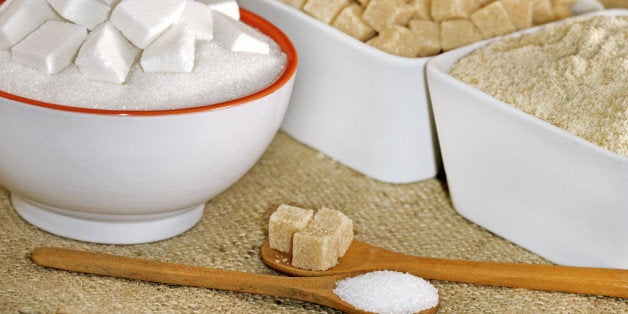
People who drink diet sodas over regular sodas are more likely to be overweight or obese, but scientists weren't sure why. The theories fell into two camps: one, something inherent to artificial sweeteners causes weight gain or two, diet sodas imply a diet and heavy people are more likely to be on one.
While we can't discount either quite yet, put down one more point for the first theory. A new study from the Weizmann Institute of Science in Israel reveals that artificial sweeteners may have a deleterious effect on our gut bacteria.
Researchers found that artificial sweeteners changed the composition of gut bacteria over time, which could explain why subjects became more glucose intolerant over time. Prolonged glucose intolerance leads to conditions like obesity and diabetes -- the very things that people drinking diet sodas are trying to avoid.
"Our relationship with our own individual mix of gut bacteria is a huge factor in determining how the food we eat affects us," said lead researcher Dr. Eran Elinav in a press release. "Especially intriguing is the link between use of artificial sweeteners -- through the bacteria in our guts -- to a tendency to develop the very disorders they were designed to prevent; this calls for reassessment of today's massive, unsupervised consumption of these substances."
The findings were published on Sept. 17 in the journal Nature.
To explore the connection between artificial sweeteners and gut bacteria, Elinav first conducted a series of experiments on mice. In the first, he added either saccharin, sucralose, or aspartame (common artificial sweeteners used in diet sodas and other foods) to the drinking water of mice pups. The control groups of mice pups got either plain water or sugared water.
After a week, he found that the mice who had been drinking artificially sweetened water developed significant glucose intolerance. Both groups given plain or sugared water had normal blood sugar levels. When Elinav subsequently gave the glucose intolerant mice an antibiotic to wipe out their gut bacteria, blood sugar returned to normal, proving the connection between gut bacteria and glucose intolerance.
Finally, to establish cause, Elinav transplanted feces (which contain a lot of gut bacteria) from saccharin-eating mice and sugar-eating mice to new groups of mice who hadn't eaten any sweetener at all. He found that the animals who had received feces from saccharine-eating mice developed glucose intolerance, while those who had received feces from sugar-eating mice did not.
But that's mice. What about humans? Elinav tested his theory on us, too. He examined data from 381 non-diabetic people, ages 30 to 56, who were part of an ongoing nutrition study that collects data on diets and gut bacteria. He found that those who reported eating more artificial sweeteners were more likely to be heavier, have larger waists and higher blood glucose levels when fasting. They were also more likely to have certain families of bacteria in common, too.
Elinav then completed a controlled experiment to compliment the observational data: He recruited seven healthy volunteers, ages 28-36, who normally avoid artificial sweeteners, and told them to consume the maximum amount of the FDA's acceptable daily intake of saccharine for a week (At 5 milligrams per kilogram of weight, that's like a 150-lb. person eating nine packets of Sweet 'n Low, according to Greatist). Throughout the week, researchers monitored their gut bacteria by examining their feces.
After seven days, four out of seven participants had begun to develop glucose intolerance. The evolution of their gut bacteria over the course of the week might explain why. The people who became glucose intolerant had "pronounced compositional changes" in their microbiota. Those changes could have been in response to the artificial sweeteners, suggest the study authors.
We have an estimated 100 trillion bacteria in our intestines, and they help us digest our food. But they don't just help break down our food; emerging research like Elinav's links imbalances in gut bacteria to conditions like obesity, Type 1 diabetes, celiac disease and Crohn's disease, just to name a few.
It could be that the key to managing or even preventing such illnesses is catering to that bacteria, and in the case of obesity and diabetes, that could mean avoiding artificial sweeteners.
"Artificial sweeteners were extensively introduced into our diets with the intention of reducing caloric intake and normalizing blood glucose levels without compromising the human 'sweet tooth,'" write the study authors. "Our findings suggest that [artificial sweeteners] may have directly contributed to enhancing the exact epidemic that they themselves were intended to fight."
Of course, this study doesn't mean that plunging headfirst into drinks with real sugar in them are any healthier -- the American Diabetes Association recommends avoiding sugary drinks like sweet tea, juice, soda and sports drinks altogether in order to prevent diabetes.
May we suggest a piece of fruit to satisfy that sweet tooth?
Related
Before You Go
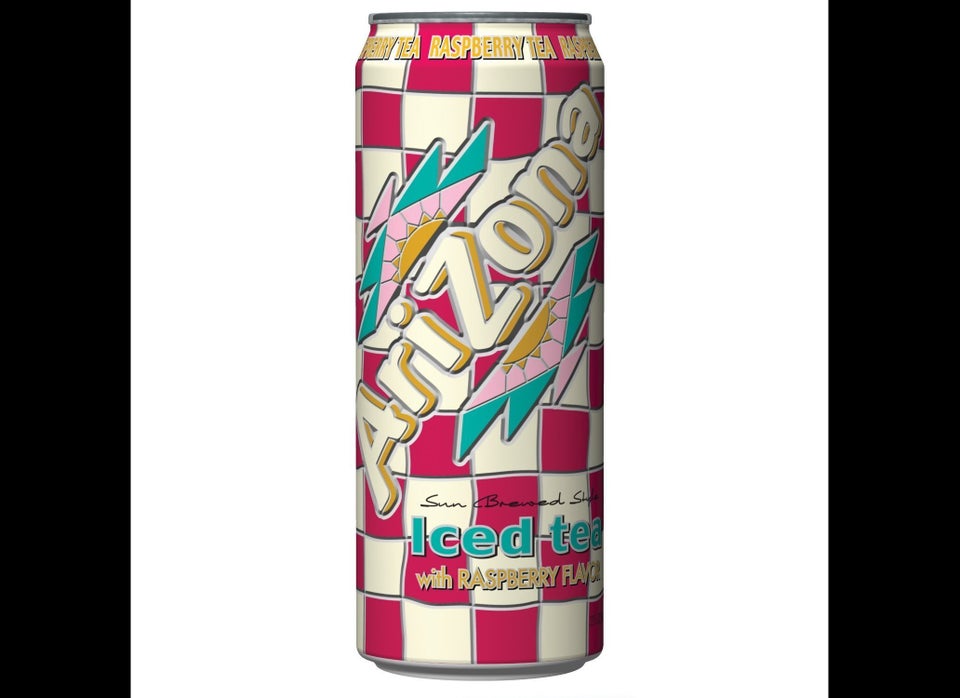
Photo from Amazon.com

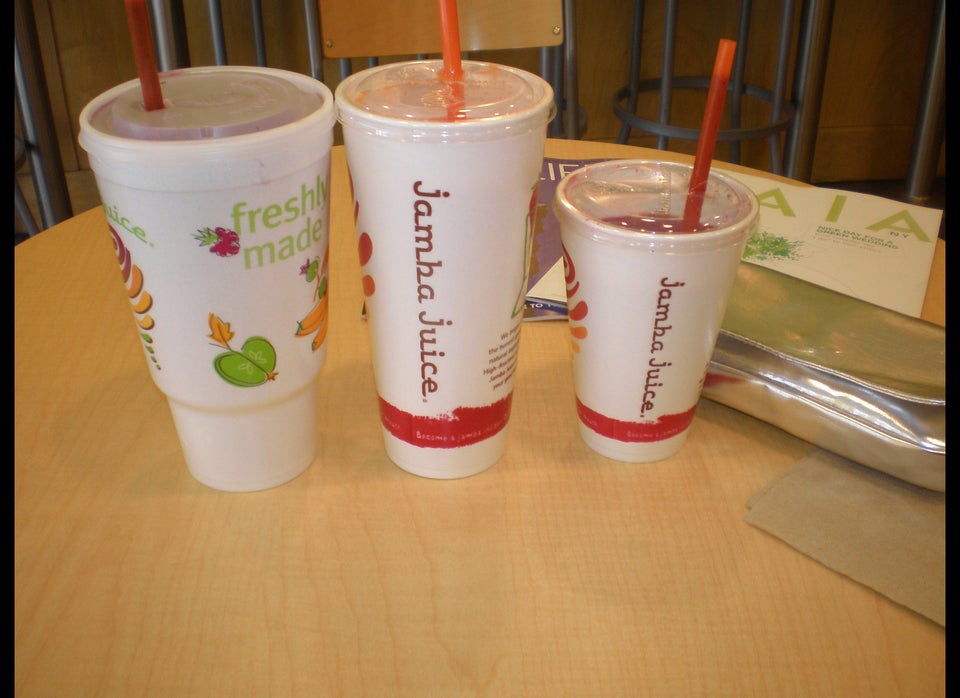
Flickr photo by libookperson
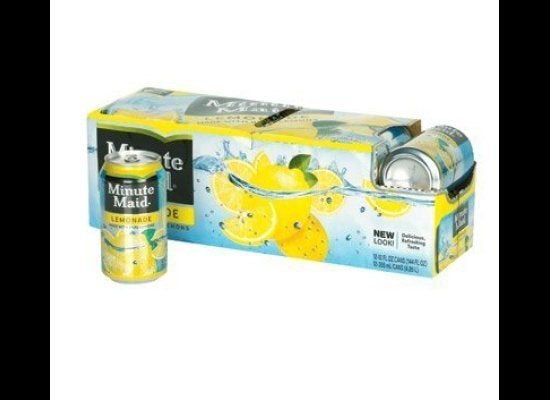
Photo from Amazon.com
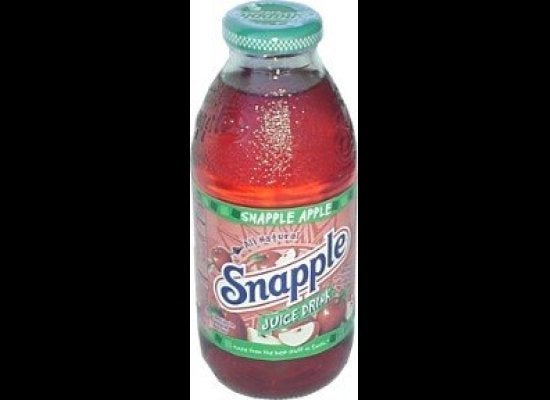
Photo from Amazon.com
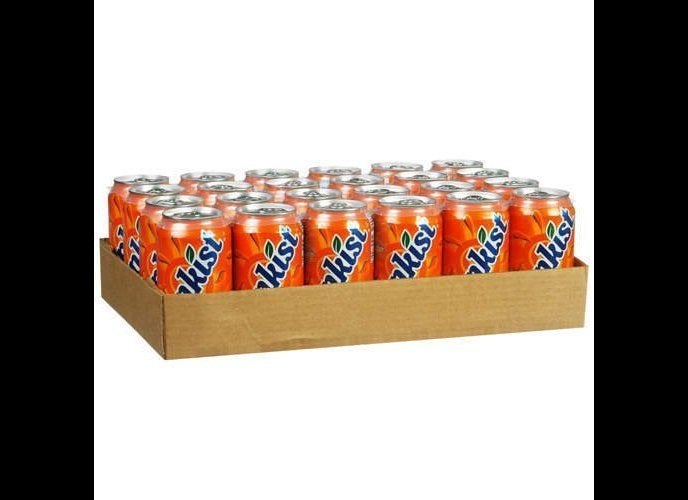
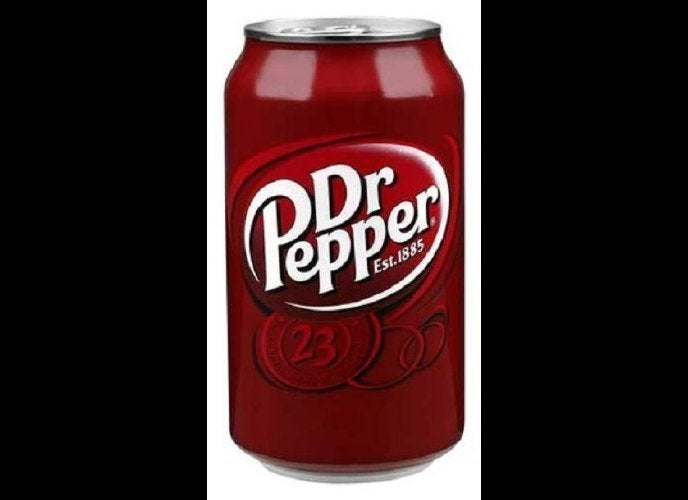
Photo from Amazon.com

Flickr photo by ReneS
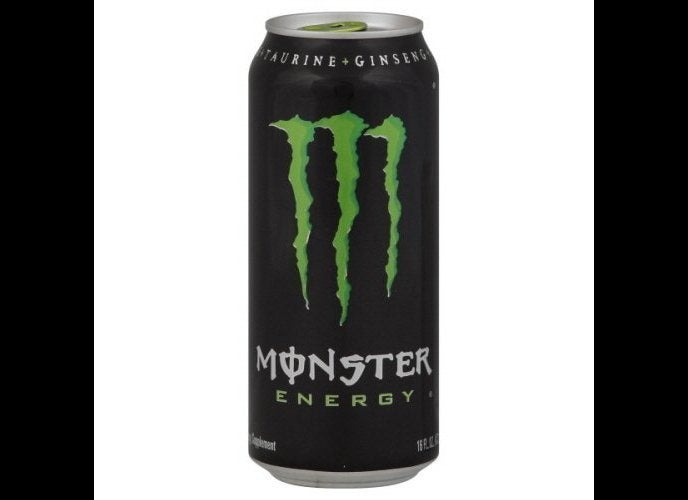
Photo from Amazon.com

Photo from Amazon.com
